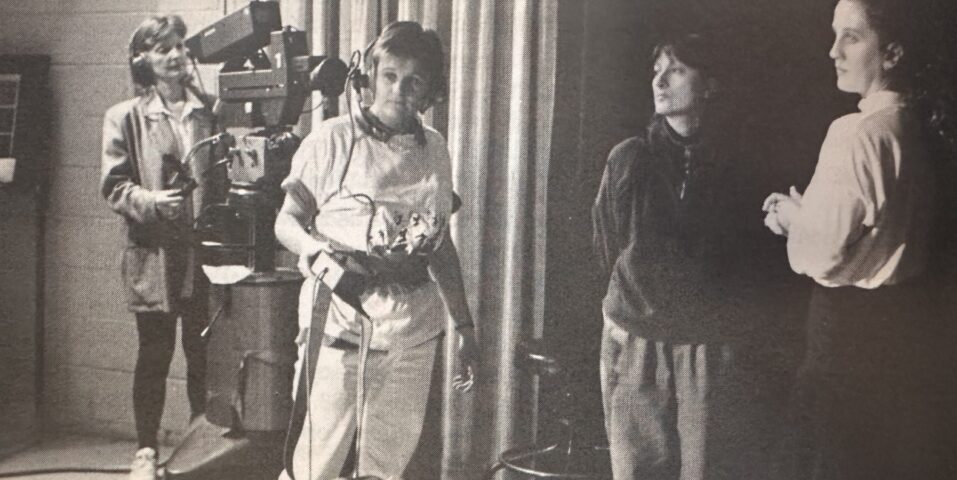Commissioned as part of AFTRS’ 50th Anniversary celebrations, the newly launched AFTRS’ History Timeline serves as a roadmap to an exciting future for emerging talent in the audio and screen industry. More than just a collection of dates and events, the online living timeline is a celebration of screen and audio in Australian storytelling.
We are thrilled to enable a virtual walk through the School’s rich history, marking pioneering moments, from celebrating the first films produced by students to establishing new courses and honouring the talent that has emerged from our community over the years.
From FTS to AFTS and finally AFTRS, the Australian Film Television and Radio School name evolution reflects shifts in the Australian creative and communication industries. AFTRS opened to its first intake of students in 1973 as the Film and Television School (FTS). In August 1975, the School moved to a new purpose-built studio centre at Lyonpark Road, North Ryde. Prime Minister Gough Whitlam said on the opening night:
“It is a very great pleasure to come to this school to declare it open.”
The School was accepted as a full member of CILECT (Centre International de Liaison des Ecoles de Cinéma et de Télévision), the International Association of Film and Television Schools, becoming known as the Australian Film Television School (AFTS) in 1976. A full-time radio course was introduced in 1981, meeting the upskilling needs for newly employed practitioners in commercial radio.
In 1986, the foundation stone was laid for a new building in North Ryde in Sydney adjacent to Macquarie University, and AFTS became AFTRS, the Australian Film Television and Radio School.
The Documentary Strand was introduced as part of the new Masters curriculum in 1997/1998, during which twelve short documentaries were produced as mentioned in the Annual Report:
“The profile of AFTRS as a producer of documentary shorts and working graduates has been substantially strengthened.”
In 2008, the School relocated to Moore Park, a state-of-the-art, purpose-built facility that ensures that graduates are at the leading edge of technology, innovation, and practice.
Explore how the history of the Australian screen and audio industry and the evolution of AFTRS are intertwined through milestones and ground-breaking moments that permeate the school’s rich history and shape what AFTRS is today. The living archive will continuously be updated with historical and contemporary updates reflecting the evolving screen and audio landscape.
Thank you to Tim Mohr and Caris Bizzaca for their dedication to crafting the timeline, which brings dynamism to the history of AFTRS in web functionality, design, historical research, and storytelling.
